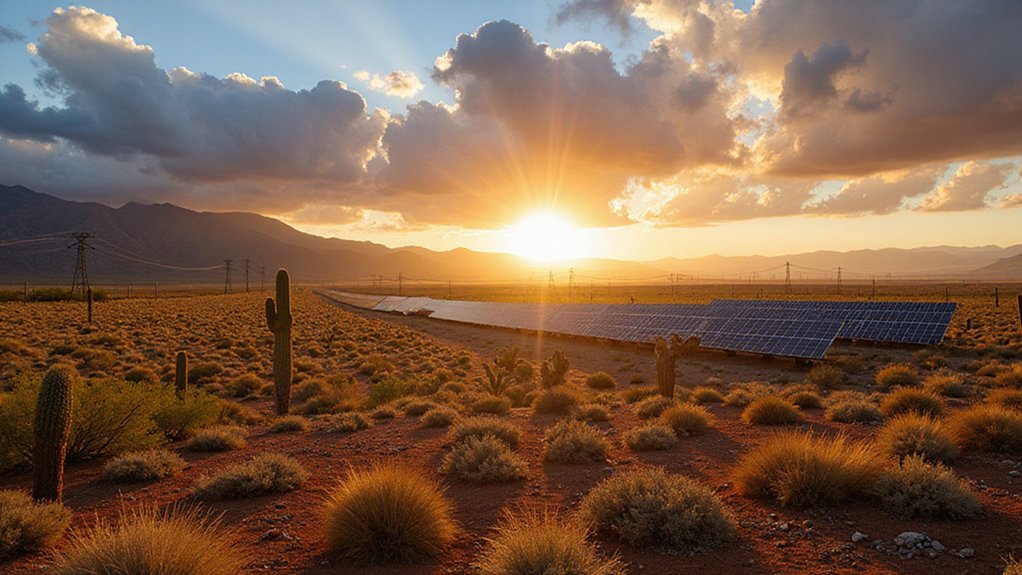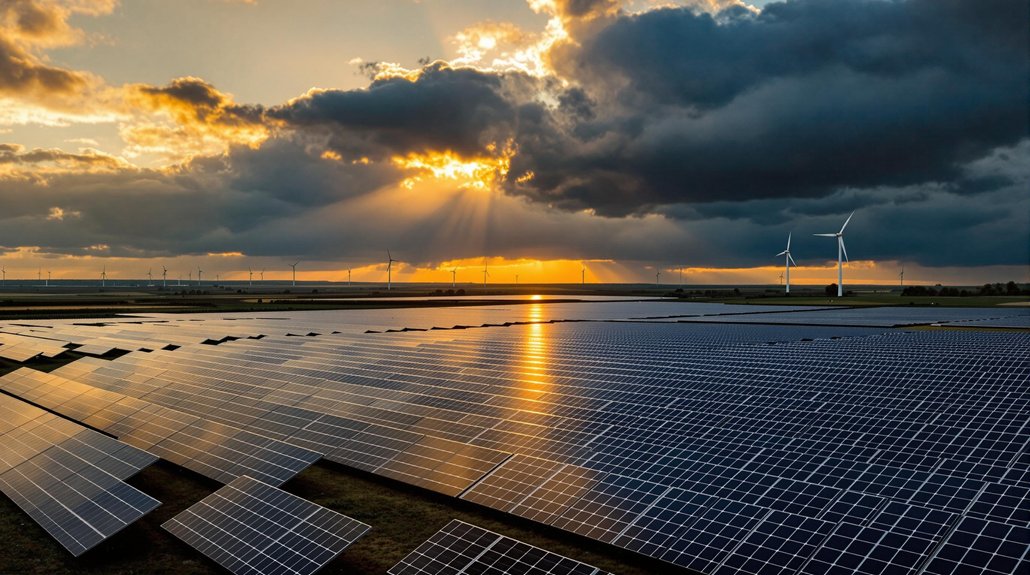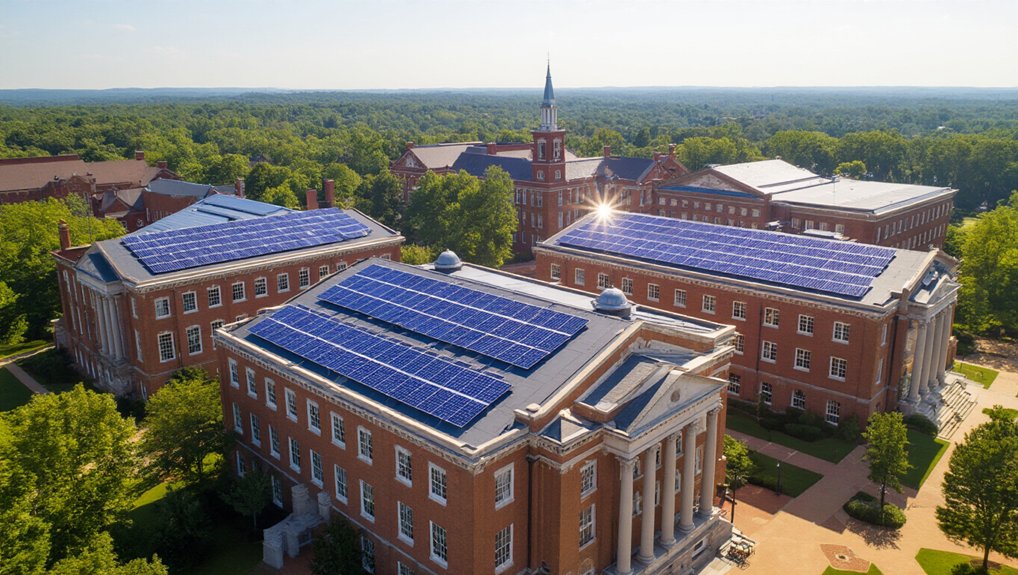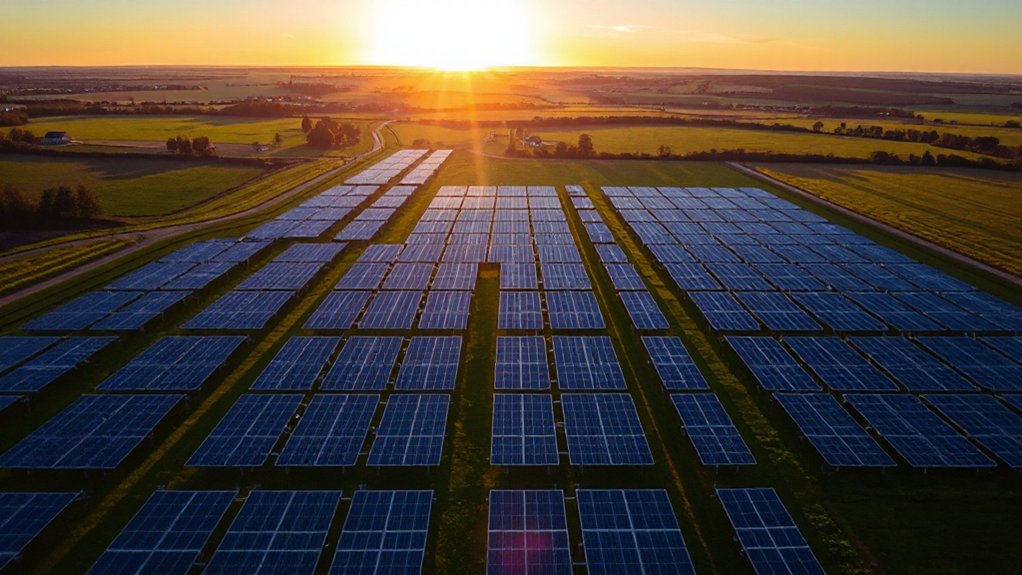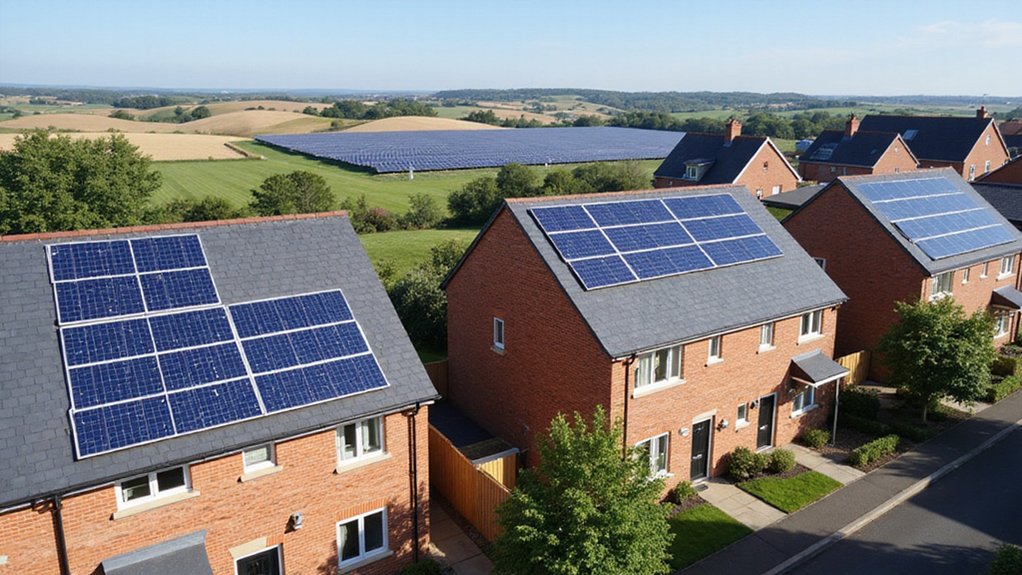The sun-drenched vistas of Arizona are powering the state’s clean energy future. With some of America’s highest solar irradiance and vast desert lands, Arizona holds enormous potential for solar energy generation. This natural advantage has helped the state secure its position as the nation’s fourth-largest solar producer, behind California, Texas, and Florida.
Arizona currently operates with 10,377 megawatts of solar capacity. This impressive figure translates to about 11% of the state’s electricity coming from solar power. The remaining electricity mix includes 47% from natural gas, 28% from nuclear power, and smaller contributions from coal, hydropower, and wind.
Despite this progress, Arizona isn’t fully capitalizing on its solar resources. The state’s sunny climate could generate far more clean energy than current demand requires. Meanwhile, policy changes have created market instability. Reduced incentives and lower compensation rates for home solar systems have slowed adoption rates in recent years.
Arizona’s solar potential remains largely untapped despite perfect conditions, as policy changes have hindered residential adoption.
The solar industry remains a significant economic force in Arizona. About 347 solar companies employ 9,726 workers statewide. These businesses have helped generate $21.4 billion in cumulative investment. Major corporations like Intel, Apple, and PayPal have made substantial solar investments in the state. The state has also become a significant energy storage hub, with electric utilities procuring over 900 MW of battery storage and expectations for an additional 2,000 MW by 2025. Like Maine’s clean energy vision, Arizona faces unpredictable costs associated with expanding renewable infrastructure while balancing consumer electricity rates.
Looking ahead, Arizona’s solar future appears bright. The Arizona Corporation Commission recently approved 3,850 megawatts of new solar and storage capacity. Most of these projects are already under construction. The state’s commitment to renewable energy is demonstrated by the 300 MW Sun Streams Expansion project, which is among the significant new solar installations in the country.
Industry projections suggest Arizona will add 14,908 megawatts over the next five years, ranking third nationally for anticipated growth.
For homeowners, solar has become more affordable. An average residential system costs $19,102 after federal tax credits. This investment allows families to reduce their carbon footprint while potentially saving on electricity bills.
While Arizona hasn’t fully realized its solar potential, the industry’s growth continues. With abundant sunshine and increasing capacity, the state’s solar sector is steadily expanding its contribution to Arizona’s energy future.
References
- https://www.azcc.gov/news/home/2025/02/04/solar-power-surging-in-arizona-across-the-us
- https://pv-magazine-usa.com/2025/05/28/electricity-generation-from-u-s-solar-grows-28-year-over-year/
- https://seia.org/state-solar-policy/arizona-solar/
- https://www.energysage.com/local-data/solar/az/
- https://lowcarbonpower.org/region/Arizona
